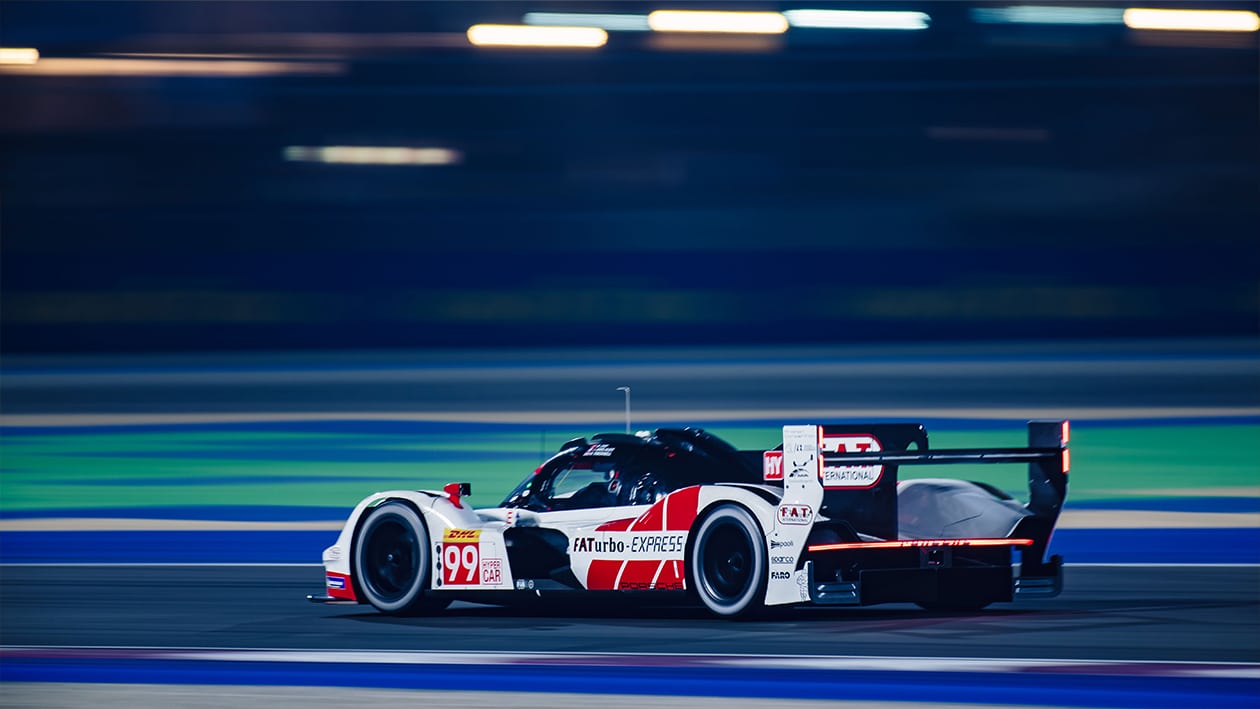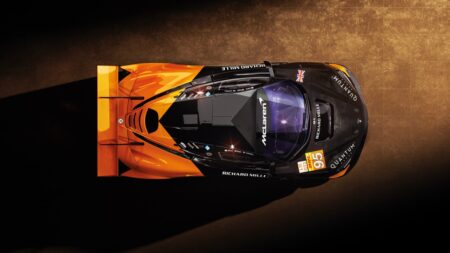“It was about understanding the car and what we needed to do to make it work — these are complicated cars and for that you need time,” says WEC driver Laurens Vanthoor, the architect of the startling performance of the No6 Porsche at Fuji courtesy of an opportunistic move to take the lead at the first corners. “The car became much nicer to drive and as drivers we could get much more out it.”
Porsche has achieved the improvement without recourse to one of the five so-called evo jokers allowed to a manufacturer over the lifecycle of a LMDh or Le Mans Hypercar. These can be categorised as hardware changes that result in an increase in performance. Improvements aimed at improving reliability are unlimited, though still have to be signed off by the rule makers, while software is free.
Jonathan Diuguid, boss of the PPM squad that races in both WEC and IMSA, explains that the focus since last year has been reliability. “Our performances in the endurance races in 2023 weren’t the best,” he points out.

Porsche 963 is now more drivable and an engine upgrade is in the works
Porsche
“To know what we want to change we have first to be pretty confident that that is the area in which we want to develop the car,” he says. “We had reliability problems and that is what we focused on with the resources within Porsche Motorsport and PPM. After that you are limited with performance evo jokers and you are limited from a budgetary perspective.”
There is, however, an engine upgrade in the works at Porsche. It intends to move away from the current flat-plane cranks its 4.6-litre twin-turbo V8 currently runs to try to reduce vibration in the name of reliability. Plans for it to arrive in time for Le Mans in June have been abandoned, though Porsche is still promising a 2024 introduction.




